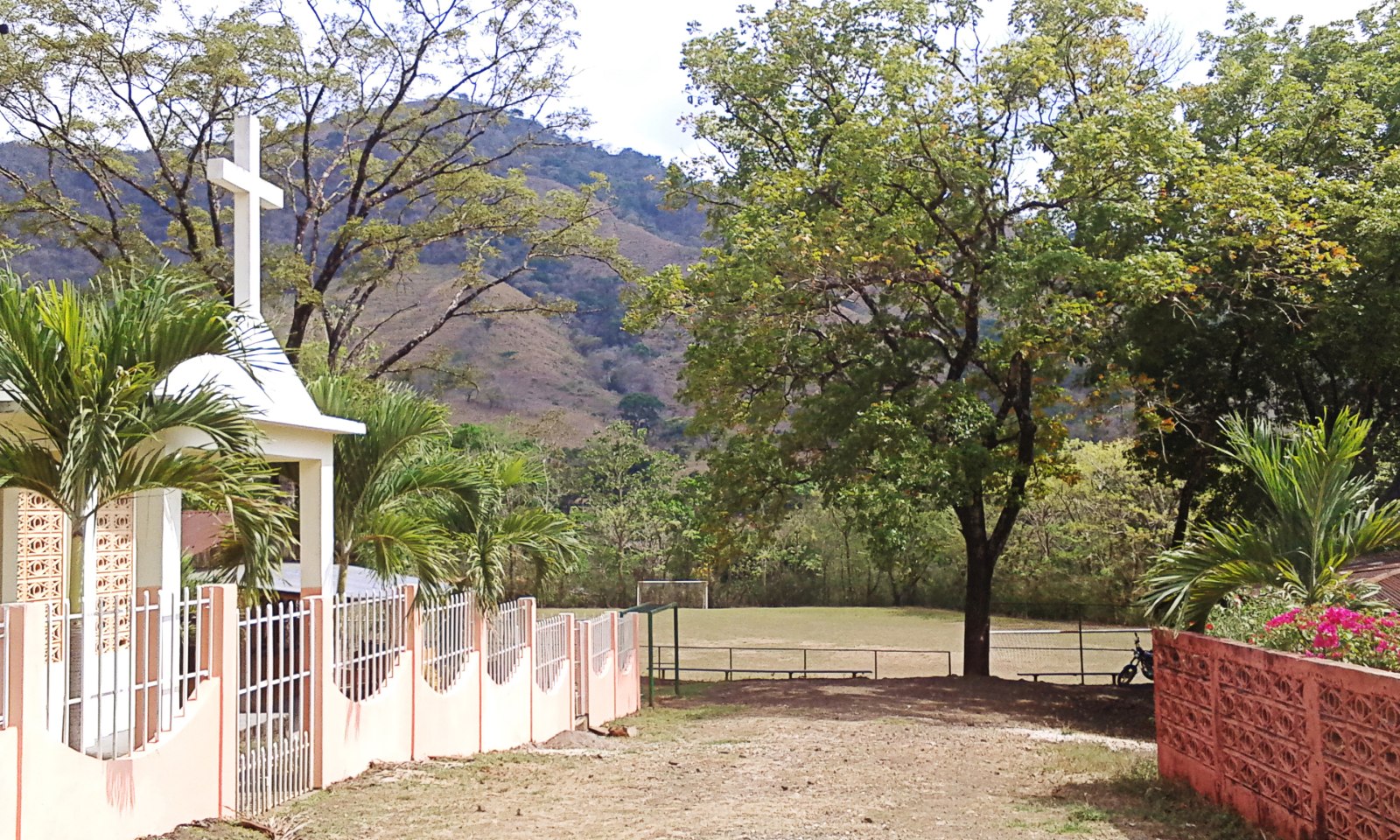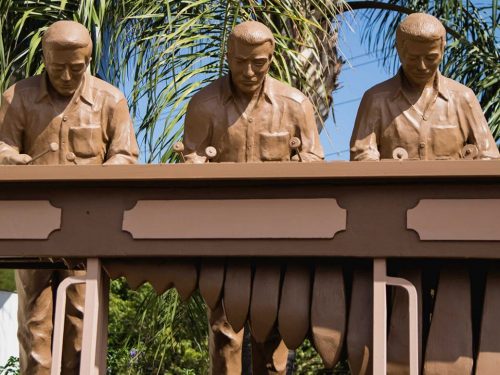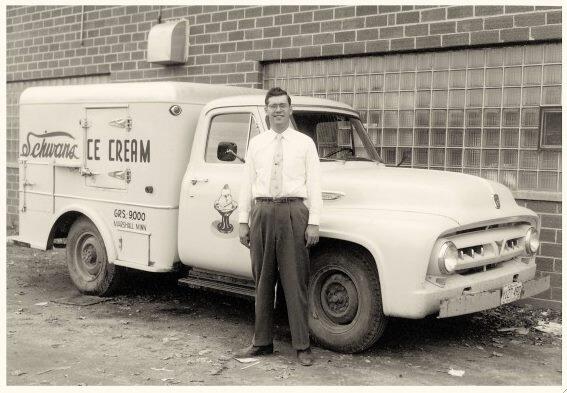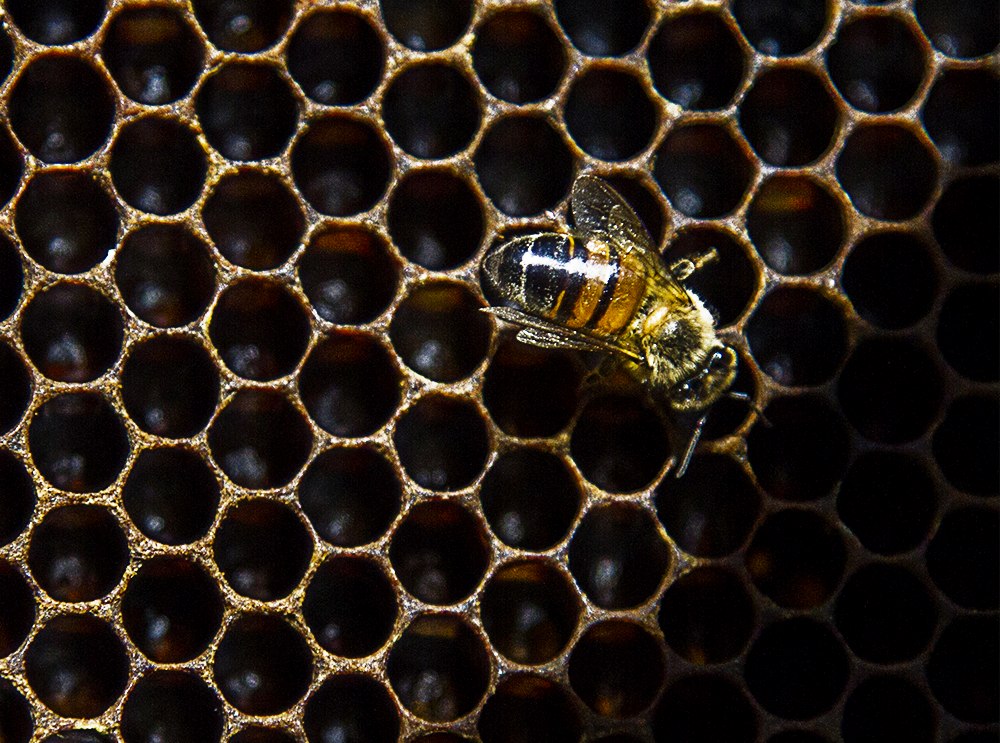
“Belen de Nosarita, one of the poorest districts in the canton [of Nicoya], has received disproportionately more public projects than other districts. However, poverty persists. The district still registers between 49% and 63% of homes as lacking satisfactory access to one or more basic necessities,” reports the Center for Responsible Travel (CREST).
The small agricultural district, with a population of approximately 2,600, is special in that a large number of people still earn a living by cultivating the land and livestock, though that percentage is declining. In 2000, 77.5% of residents worked in agriculture and livestock, though in 2011 the number had dropped to 35.2%, according to census data. That category of jobs generally means lower income for residents.
Lorenzo Baltodano, a resident of Belen, indicated that the level of poverty is evidenced by residents’ average monthly incomes. “People work in livestock and agriculture. They’ve developed the cultivation of ‘improved pastures’ (grass species that can resist droughts and wear and tear from cattle), but the majority of people have to get by with low monthly incomes; it can be between ₡50,000 and ₡80,000 ($100-160) per family, and it doesn’t cover much,” he said.
According to data from the Municipality of Nicoya’s Zoning Plan, in 2013 property tax payments averaged ₡5,700 ($11.40) per individual in Belen de Nosarita. Compared to Samara and Nosara, the difference is abysmal. In Samara, payments per person averaged ₡32,839 ($65.68) and in Nosara it was ₡42,240 ($84.48).
But despite contributing little, the number of projects that Belen de Nosarita receives is extremely high. The community has presented double the number of projects to the municipality of Nicoya compared to Nosara and Samara. However, this is not reflected in an improvement in the residents’ quality of life.
According to the 2000 census, at that point in time, the community was at critical levels regarding basic necessities, such as healthy living, decent housing and access to education and other social services.
The unemployment rate hovers around 6.4%. Ovidio Jimenez, president of the local development association, thinks that the best way to deal with unemployment is by bolstering education. For Jimenez, agriculture doesn’t generate high income, while education yields professionals in other fields.
Jimenez explained that despite the projects that are granted to the community, the majority of which are infrastructure works such as the high school, the police station, the soccer field, roadways, etc., results aren’t seen short or medium term.
“In 2005 we were able to attain the rural high school project, where there are now 266 students enrolled, and next year it will become a CTP – a technical professional high school. From October on, we will begin the construction of eight more classrooms. We want to promote education; education means improvement in every way,” he assured.
On social matters, Jimenez indicated that plans have been finalized to build a home for the elderly, in collaboration with the Board of Social Protection, for a cost of ₡500 million ($1 million).
This is part of a series of articles based on the investigative report by the Center for Responsible Travel (CREST) titled, “A Portrait of Economic Realities in Nosara and Samara: Providing Tools for Sustainable Development.”







Comments